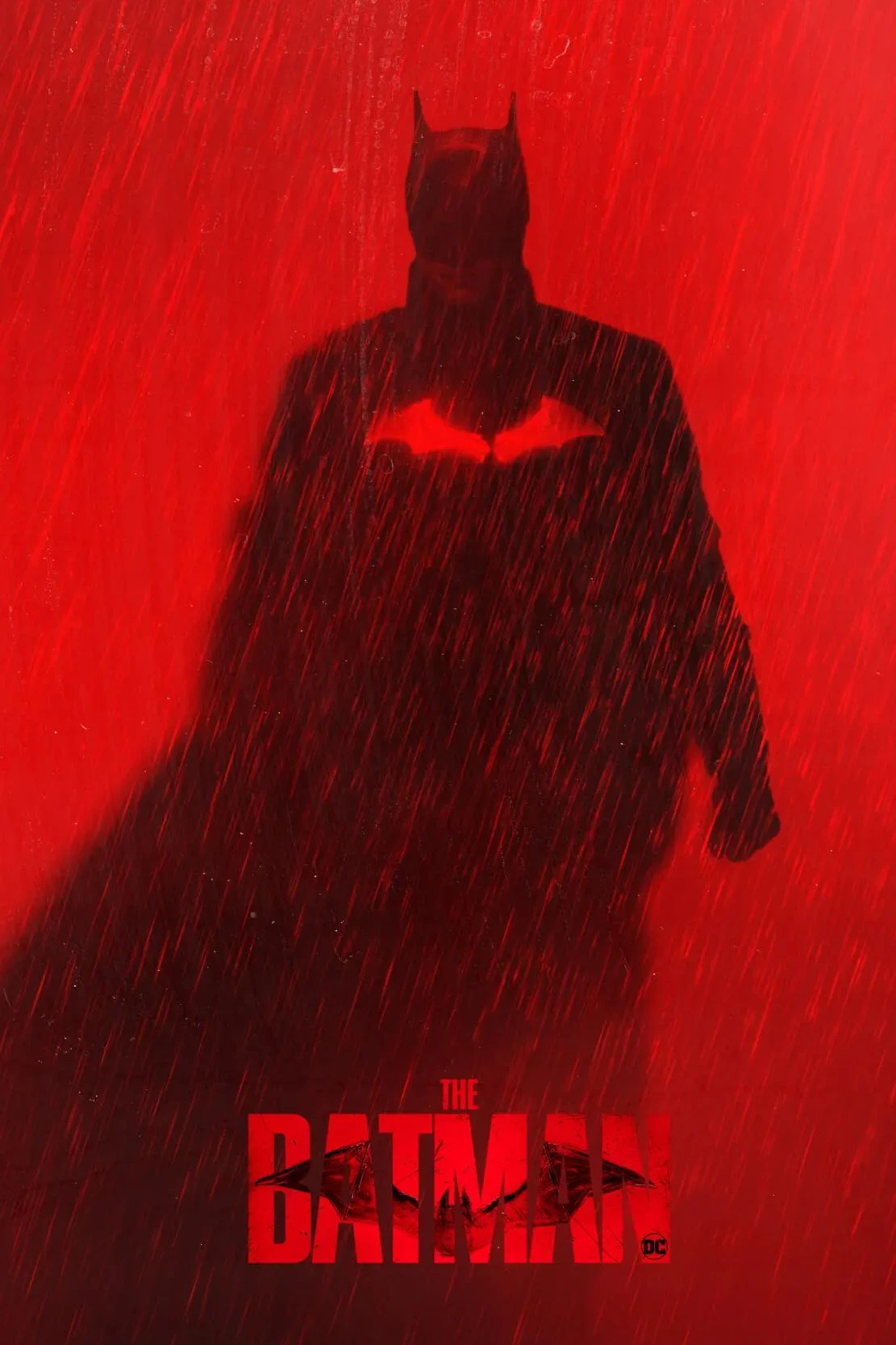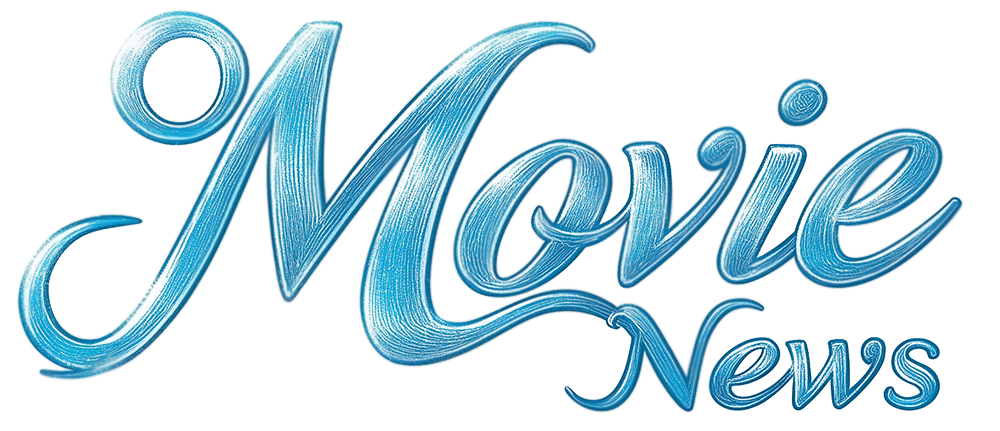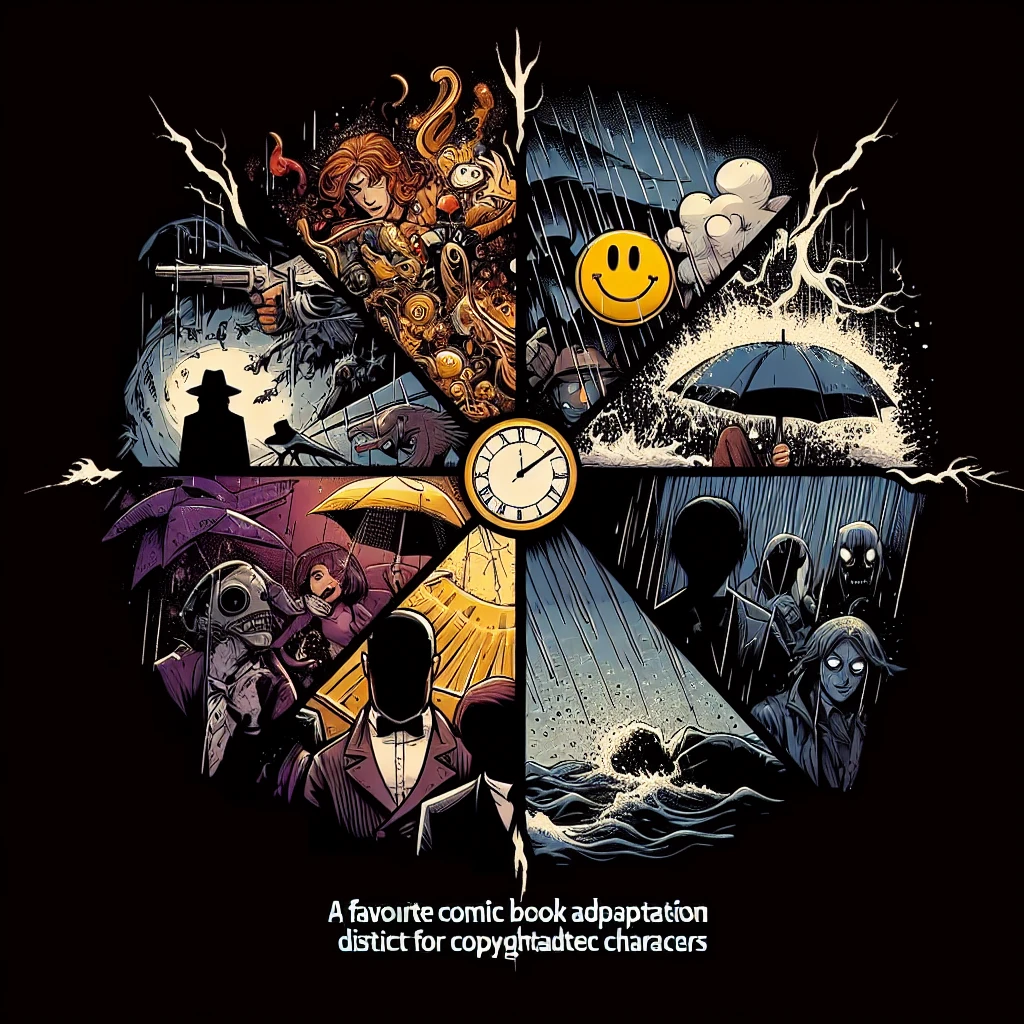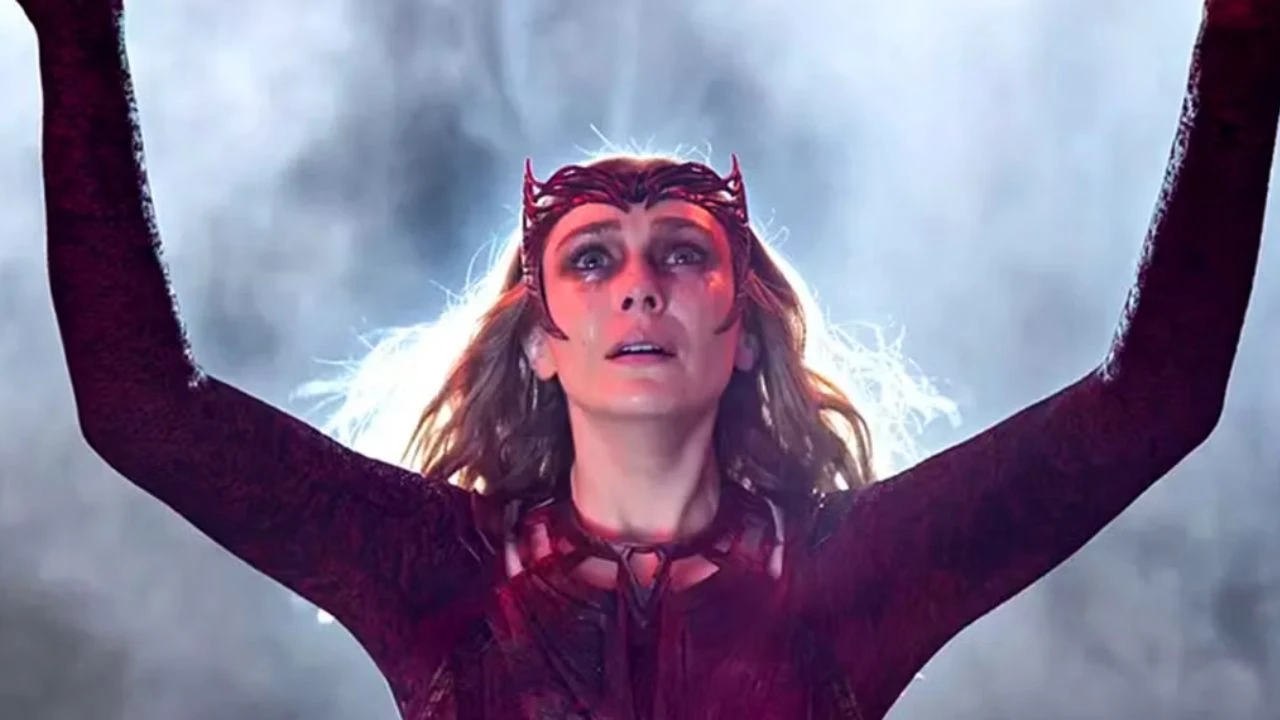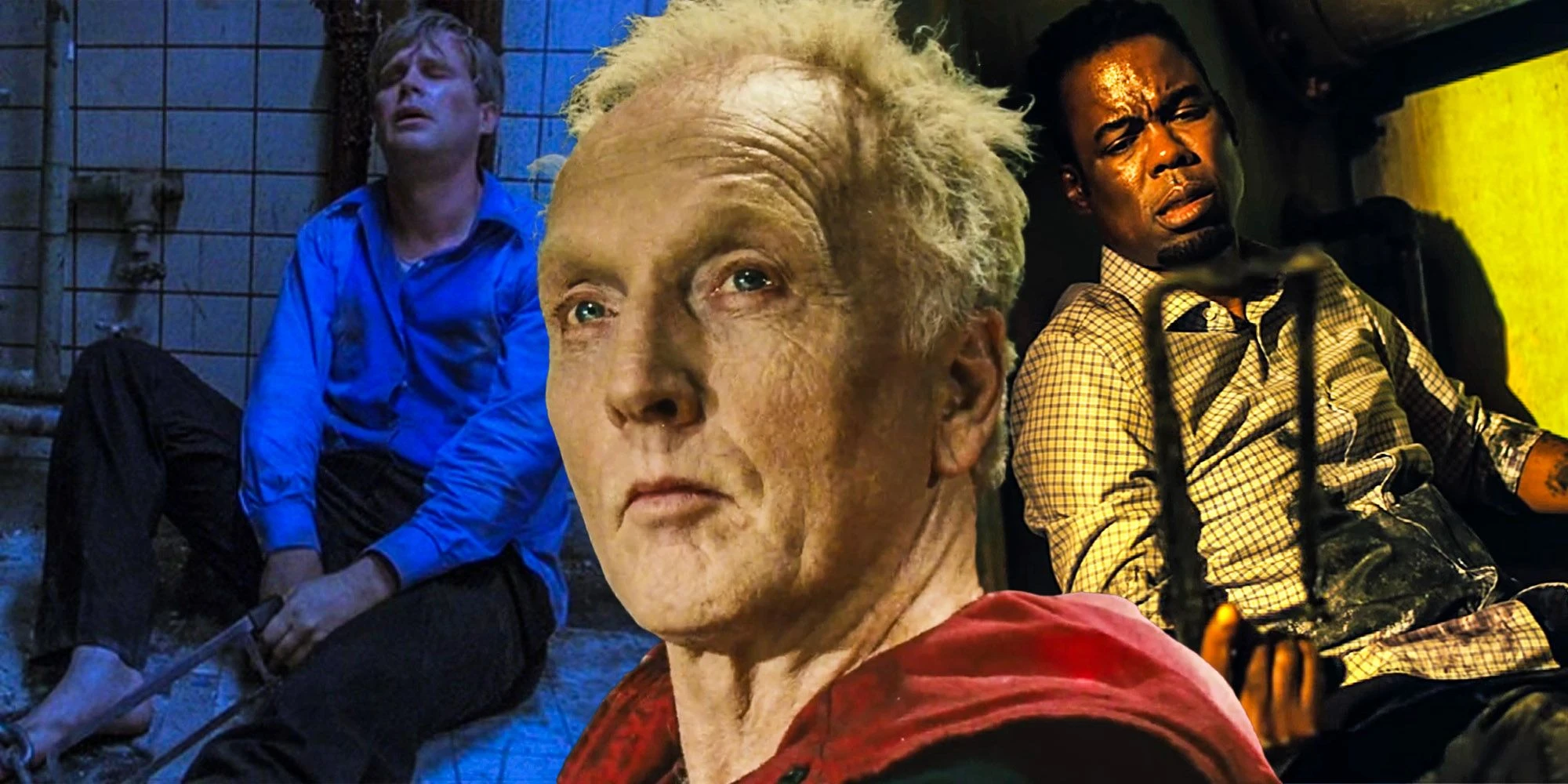Zack Snyder’s Favorite Comic Book Adaptation: A Deep Dive
Zack Snyder, a prominent director in the realm of comic book adaptations, has publicly shared which of his five adaptations stands out as his favorite. The journey began in 2013 with Man of Steel, a Superman solo film that set the stage for his ambitious but ultimately canceled five-movie DCEU arc. This was followed by the epic 2016 crossover, Batman v Superman: Dawn of Justice. Despite unforeseen circumstances that led him to step away from the original 2017 Justice League project, Snyder returned to complete his vision in 2021 with the acclaimed Zack Snyder’s Justice League, also known as the Snyder Cut. However, before his DC universe contributions, Snyder had already made a mark with two other comic book films: the stylistic 300 (2006) and the thought-provoking Watchmen (2009).
Watchmen: The Pinnacle of Snyder’s Comic Book Adaptations
In a conversation with Comicbook.com, Zack Snyder expressed that Watchmen is the comic book movie he takes the most pride in. While he acknowledges that Man of Steel, Batman v Superman: Dawn of Justice, and Justice League are adaptations of iconic characters and ideas, Watchmen is, in his view, a more faithful translation of the comic book medium to film. Snyder describes Watchmen as “the cleanest, and kind of most satisfying” adaptation from comic book to screen. He elaborates:
“Well, weirdly, I kind of look at it in two ways. Like one, I think, of course, Man of Steel, BvS, Justice League, is its own thing…. I don’t know necessarily whether it’s a comic book movie in the classic sense, for me. But I can understand how people would say that because those are comic book characters and whatever, but that’s just based on ideas that I had about comic book characters,” Snyder said.
“I would have to say Watchmen, probably for me, just like the process of adaptation from comic book to movie design, all the things as we went from comic books to movie,” Snyder said. “I think Watchmen is like the cleanest, and kind of most satisfying, transition to adapted material.”
Understanding Zack Snyder’s Pride in Watchmen
Zack Snyder’s Emphasis on Visual Storytelling
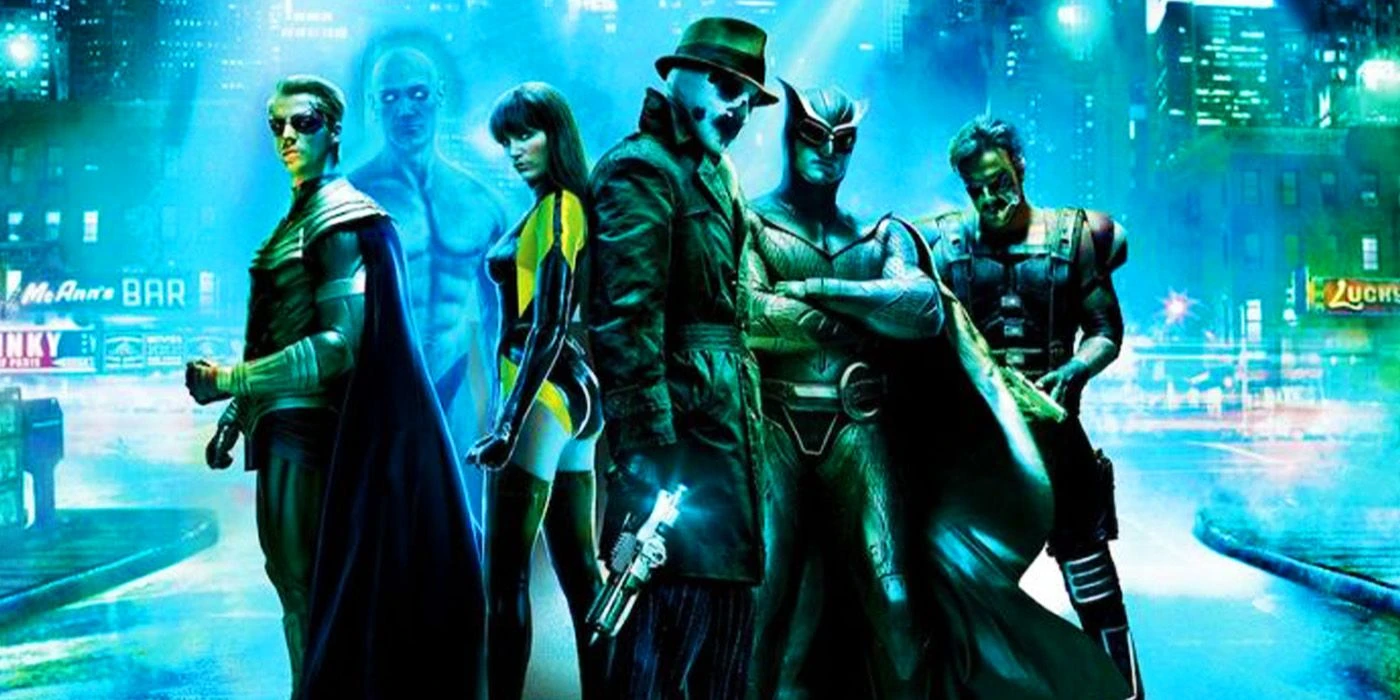
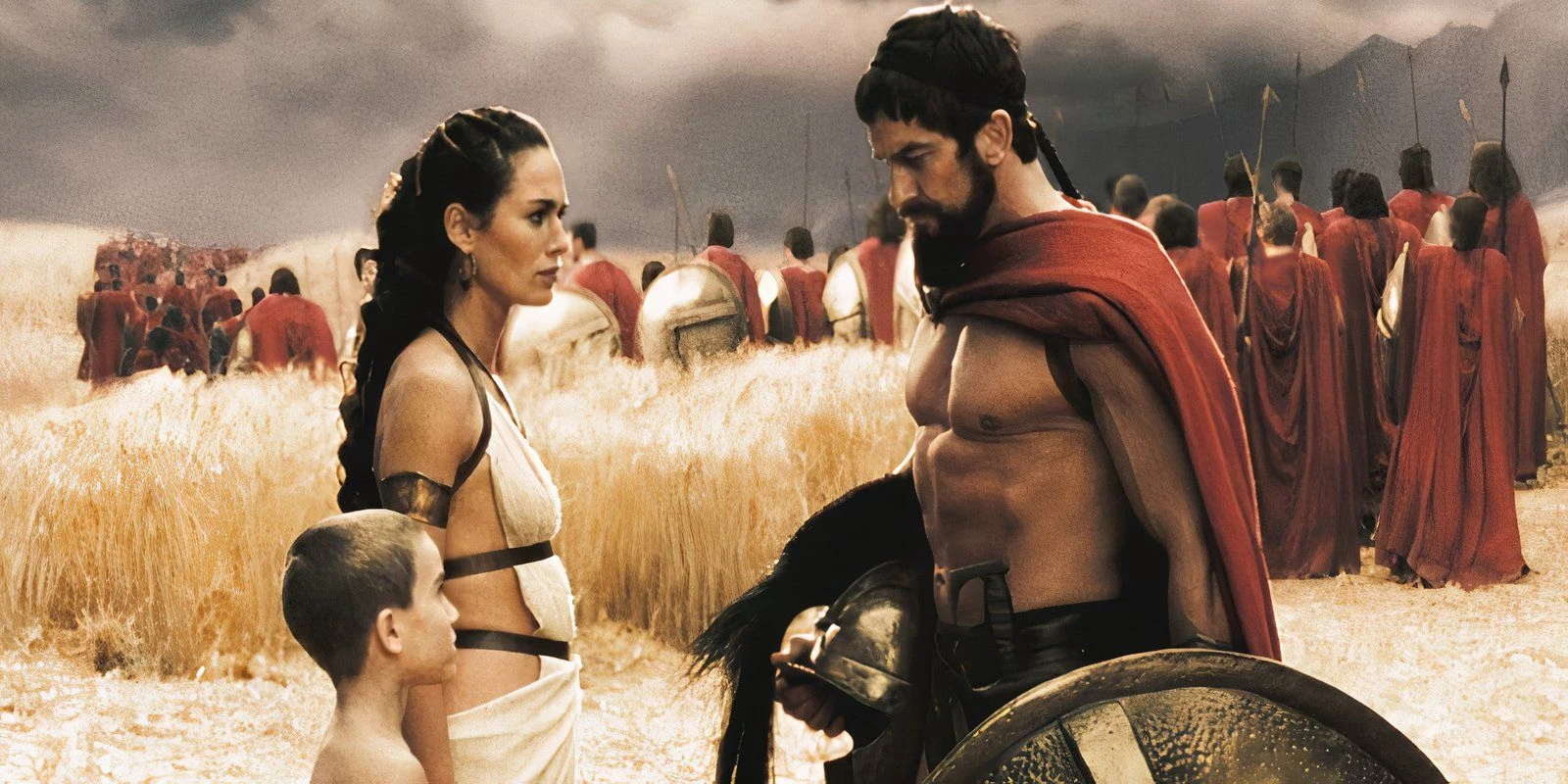
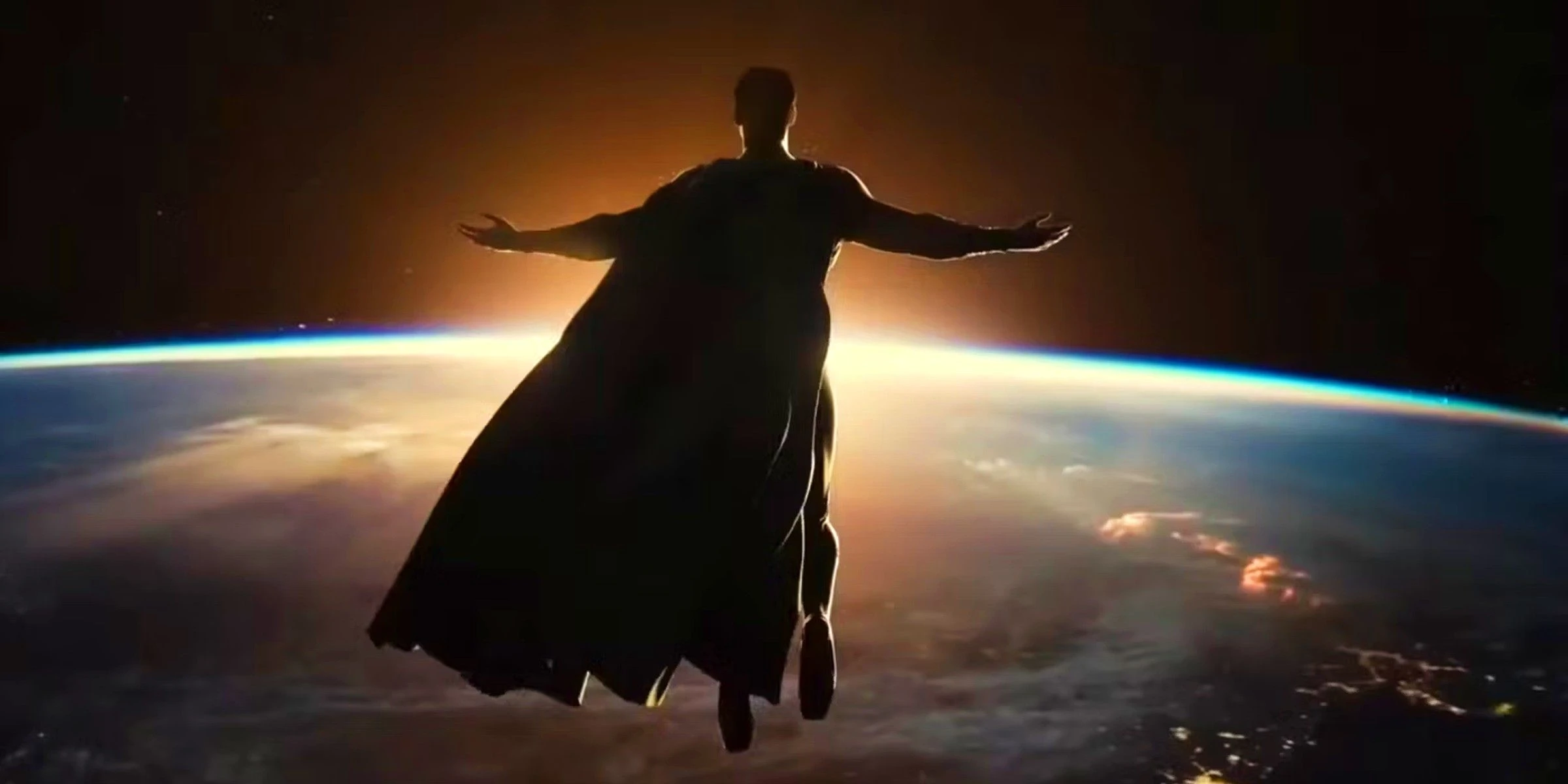
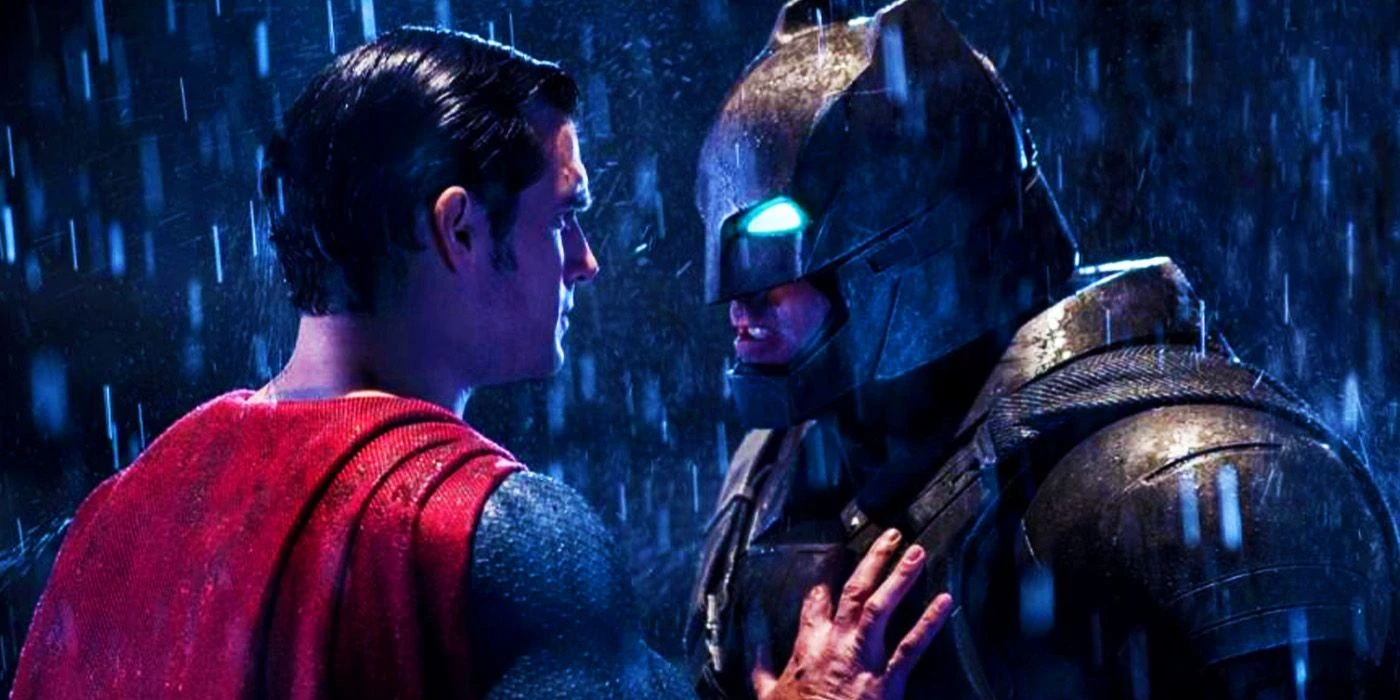
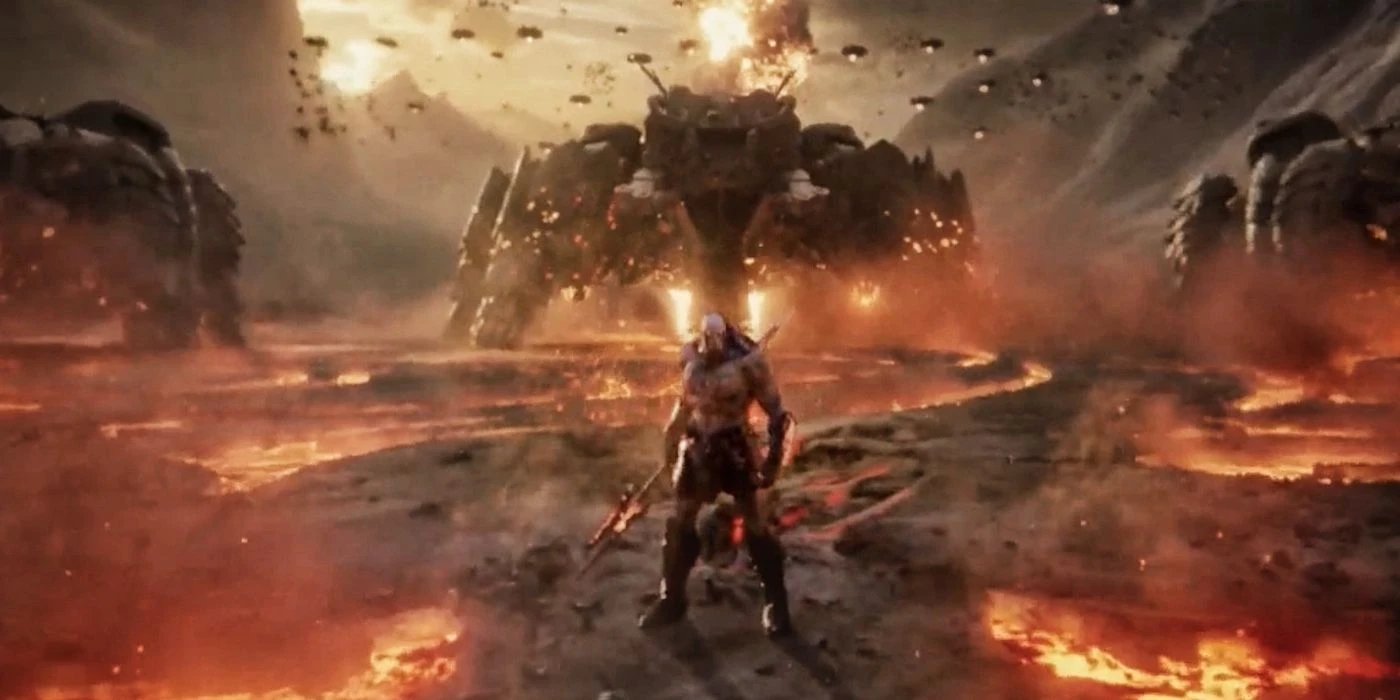
Snyder’s approach to filmmaking prioritizes adapting the essence of the comic book format itself, instead of merely focusing on characters and plotlines. Unlike Superman and Batman, who have an array of stories across various continuities, Alan Moore’s Watchmen is a singular narrative featuring characters with distinct, well-defined traits. Snyder’s interpretation of “adaptation” leans heavily on translating the visual and thematic elements of the comic panels into a live-action format.
Our Interpretation of Snyder’s Choice
Visuals Over Narrative in Snyder’s Films
Snyder’s remarks highlight his prowess as a visually-driven director. His films are renowned for their stunning cinematography, innovative camera techniques, dynamic action sequences, and meticulous costume design. However, his DCEU movies have faced criticism for altering character personalities and motivations. For example, while Batman v Superman: Dawn of Justice delivered one of the most comic-accurate live-action Batman fight scenes, the portrayal of Batman ignoring his no-kill policy drew criticism from many fans.
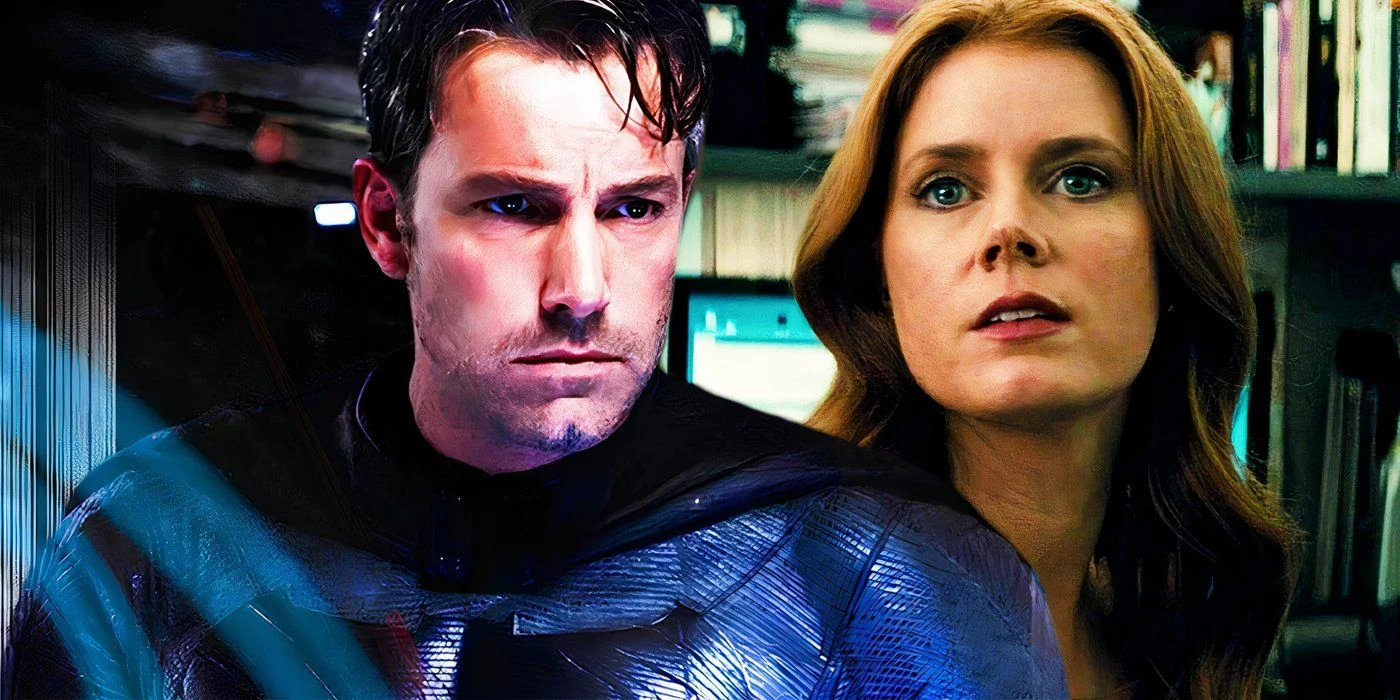
Even The Most Criticized Version Of DCEU’s Justice League Cut The Original Script’s Worst Moment
In Watchmen, Snyder remains faithful to the intricate and morally complex nature of its anti-heroes, bringing the comic book to life with a unique audiovisual style that honors the source material. His signature slow-motion techniques enhance the action, capturing the essence of the comic’s panels. With fewer adaptations of Watchmen compared to DC Comics’ characters, Snyder’s version remains closely linked to the original work.
Source: Comicbook.com
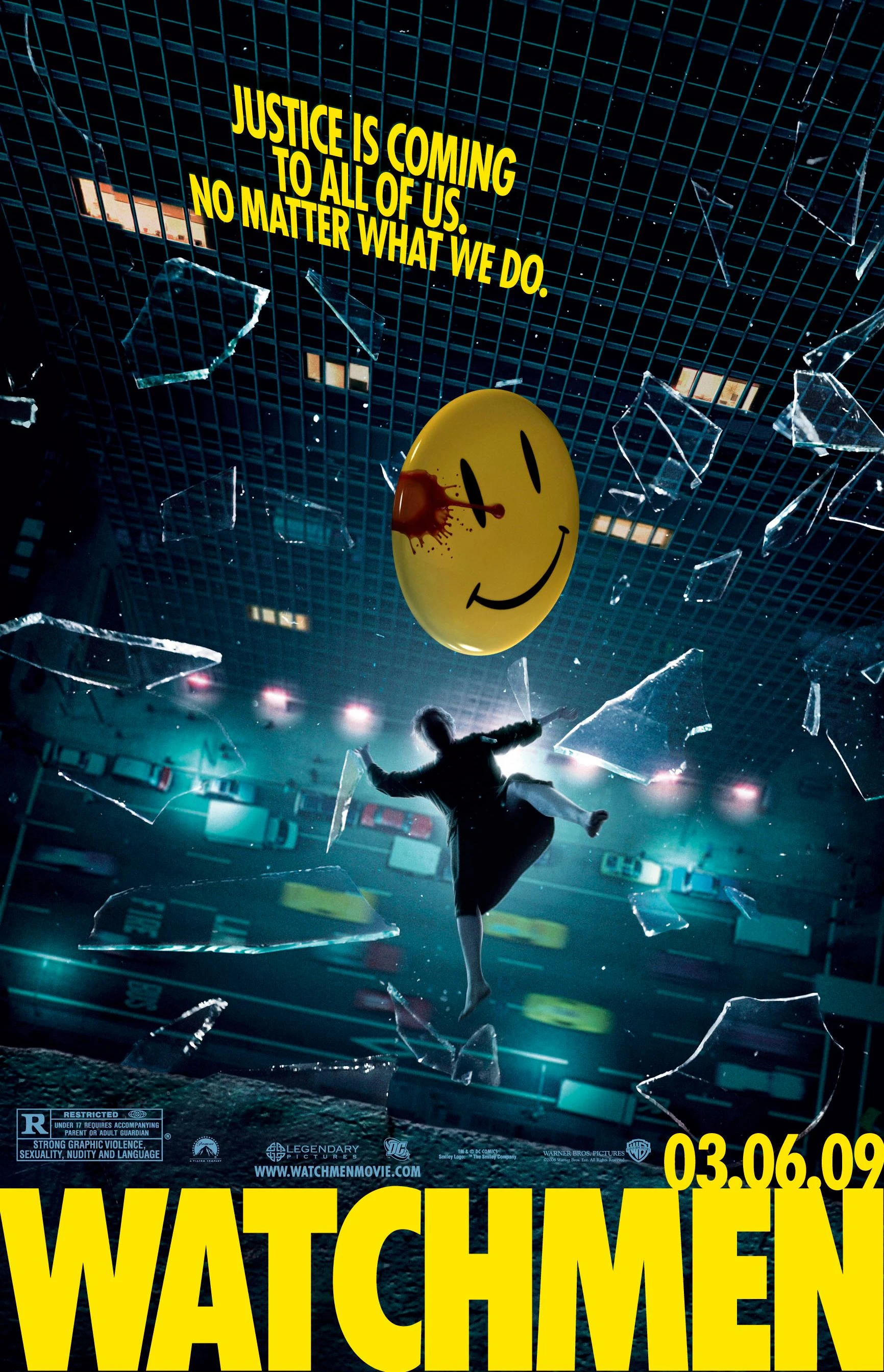
Upcoming DC Movie Releases
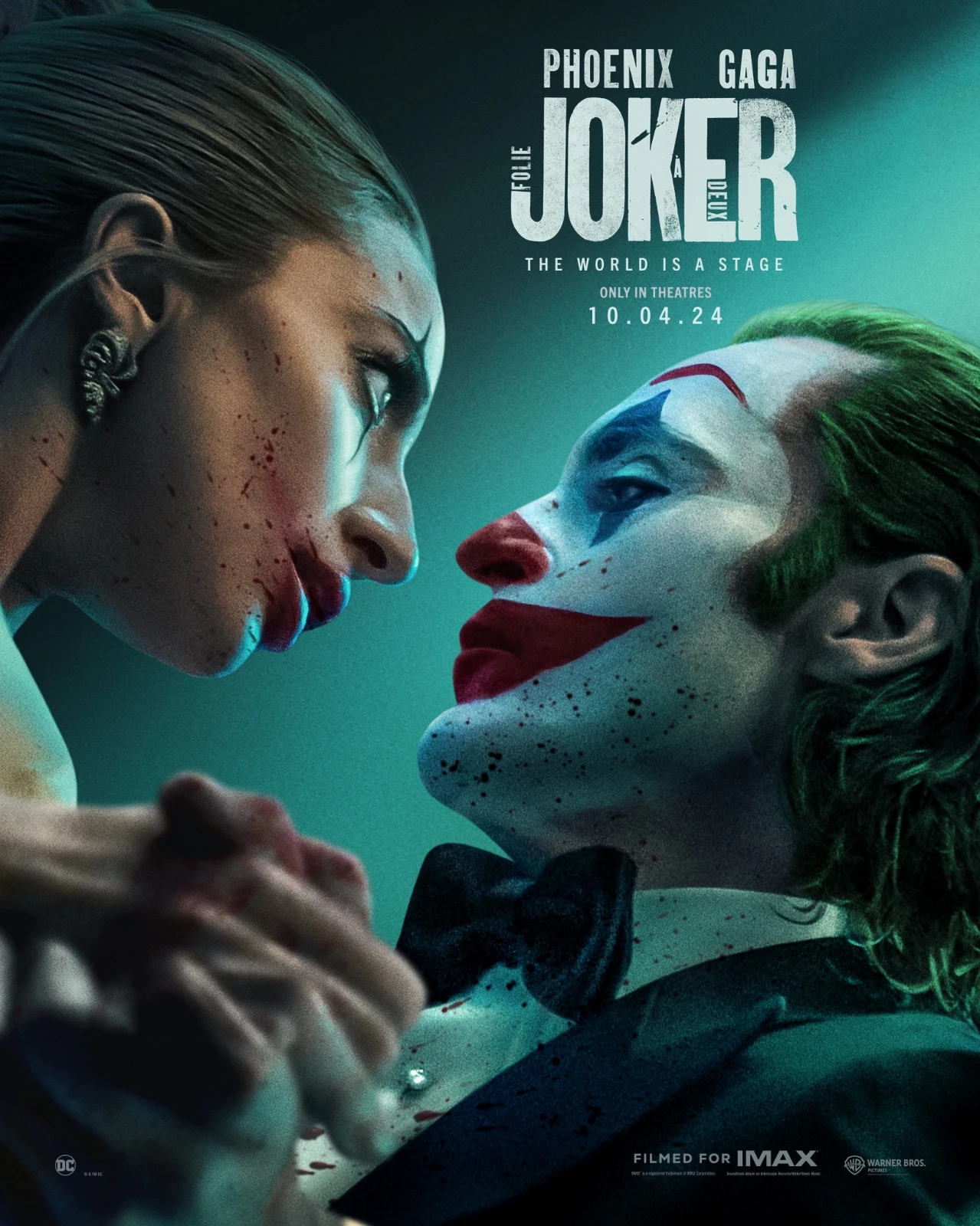
Joker: Folie a Deux
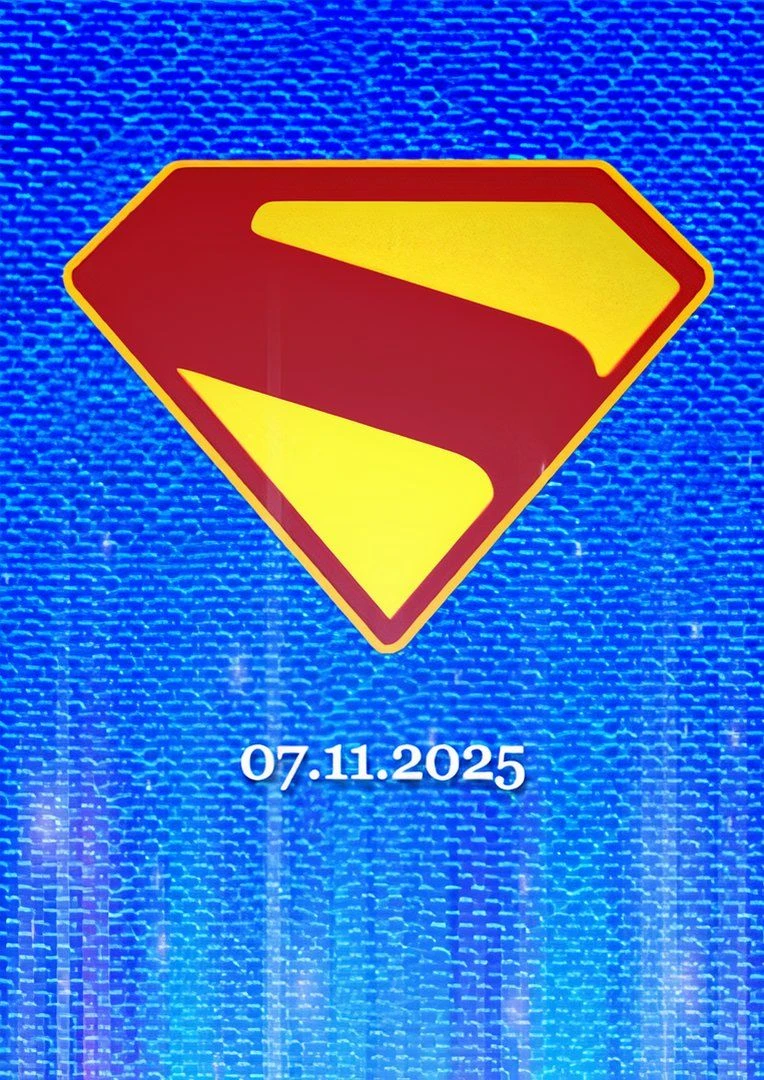
Superman (2025)
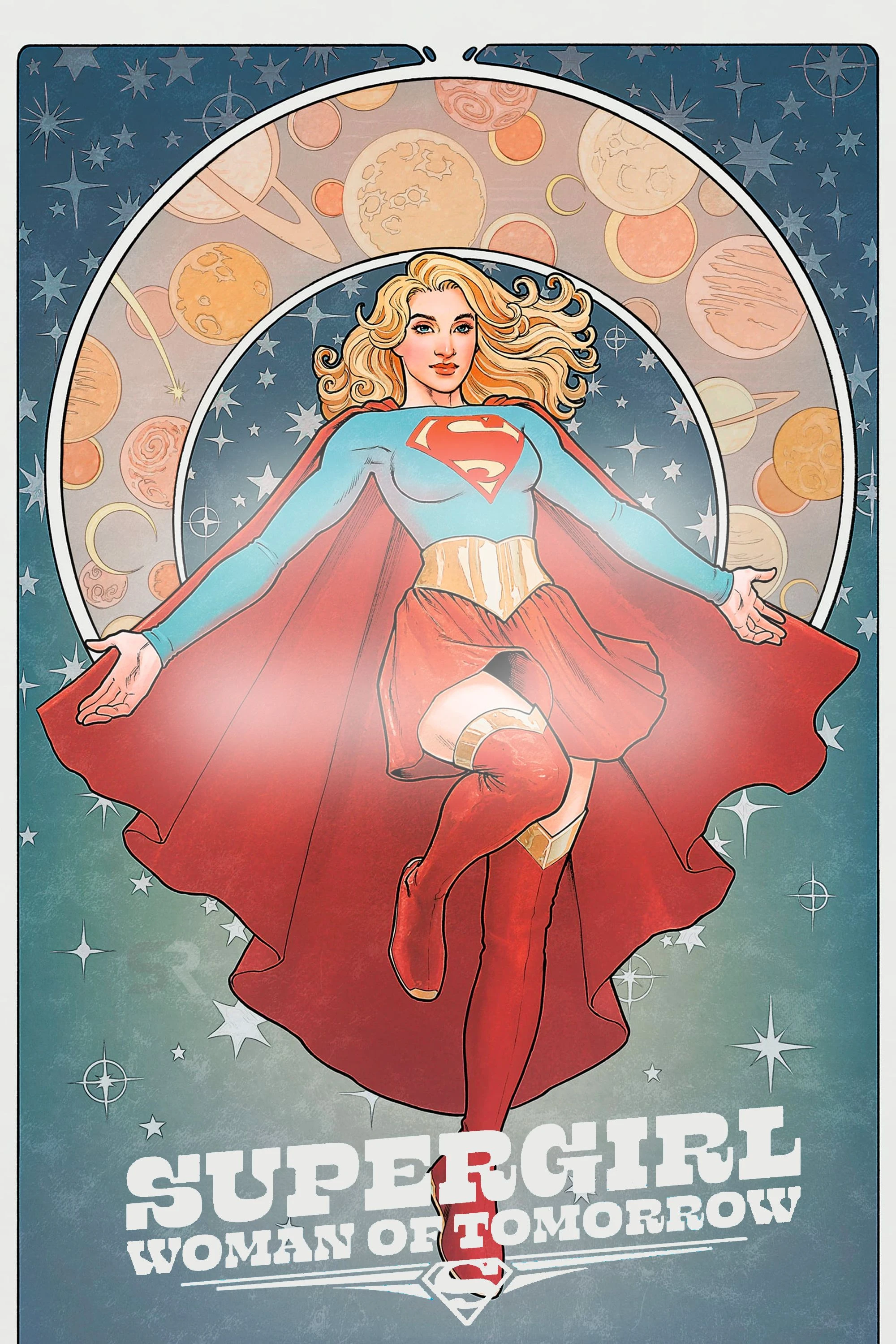
Supergirl: Woman of Tomorrow
